I spent about six weeks with the big brother of the Distagon T* 2.8/21mm a few months ago (the Distagon T* 2.8/15mm – click for the review) and thoroughly enjoyed using it. I produced a number of images with it that have been very well received both critically and commercially. I have to confess to having a pretty big soft spot for Zeiss glass. I enjoy using the beautifully crafted tools and love the look of the images that I can produce. An older Zeiss Planar T* 50mm lens has become my lens of choice for shooting my video reviews. I don’t tend to do any color grading on my YouTube videos, so I find that I can get image quality straight out of the camera that I’m happy with.
As a result, I was looking forward to getting my hands on the “little brother” of the Distagon 15mm, and my expectations from it have certainly been met. I noted in my review of the 15mm that ultrawide angle lenses like it provide more of a compositional challenge for many photographers. Canon has recently announced an 11-24mm f/4L lens that I will review in the next couple of months, but upon its announcement I wondered how many photographers actually need a reticular lens that wide. There are a few, of course, that do architectural or interior work, and even a few landscape photographers that might benefit from it, but 11mm on a full frame body is really, really wide. Many photographers will find that 11mm is so wide as to make a lot of compositions very challenging.
The Accessible One
21mm, however, is within what I call the landscape photographers “sweet spot” between 18 and 22mm. It makes for a very natural landscape or wide angle composition. I have a 12mm Rokinon prime for mirrorless bodies that I really love, as 12mm on a crop (Canon’s is 1.6x) falls also within this sweet spot. It is just a very natural and easy focal length to use. The less extreme nature of the focal length also means that this lens is both easier to engineer and more accessible to use. Here a few examples when compared to the Distagon 15mm:
- Price: the 21mm currently retails at B&H Photo for $1843; the 15mm for $2950
- Size: the 21mm is 4.29”/109mm and 600g ; the 15mm is 5.31”/135mm and 820g
- Design: the 21mm has a traditional removable lens hood and lens cap; the 15mm has a fixed lens hood and a large lens cap that fits over the lens hood.
- Front Filter: the 21mm uses a large but fairly common 82mm filter (I have a number of them already); the 15mm uses a much larger, rarer, and more expensive 95mm filter.
The tradeoff is that the wider focal length can produce uniquely dramatic images when used correctly that the less extreme 21mm cannot. But many photographers will find the 21mm a more natural choice for some or all of the reasons above.
Build and Handling
The Zeiss Distagon T* 2.8/21mm is instantly recognizable as a Zeiss lens. It has that finely tooled look and feel that reminds one of a Swiss swatch. It is all metal and glass, with a beautiful semi-glass finish that has a fine patina that is very elegant. I am particularly fond of the chrome “nose” on the lens that has the threads of the bayonet mount for the lens hood on the outside and and filter threads on the inside. It adds a very elegant “finish” to the lens when viewed from either the front or in profile. A relatively small petal design lens hood mounts on the bayonet mount and can be reversed for storage. This helps keep the space requirements for storage down, so while I wouldn’t call the lens small, I could safely call it a modestly sized lens. It is not much larger than the Rokinon 50mm f/1.4 that I am concurrently reviewing. One thing to note on the lens hood: it is very important to mount it correctly. There are multiple positions where it will fit on, but unless it is aligned correctly the blades of the lens hood will produce very intrusive vignetting. I had a couple of shots spoiled by not correctly mounting the lens hood. One easy tip: when mounted correctly the words “Carl Zeiss” should be facing upward.
On either side of the lens barrel near the mount is some fine ribbing that provides both some texture variation and also very good grip for mounting or unmounting the lens. Next comes the hyperfocal scale (which seems to be accurate) along with the distance scale. This is followed by the focus ring, which is finely ribbed metal all around and is about an inch in width. The focal ring is pretty much what I would call perfectly damped. It focuses easily enough that I use one finger for focus, but has enough resistance to hold whatever focal position I select and to allow for fine, precise focus. The focus confirm chip will cause the camera to “chirp” and light up the proper selection point in the viewfinder when focus is achieved.
I have found this particular lens very, very easy to focus. I can safely say that it is perhaps the easiest manual focus lens that I have used for achieving focus. I can’t recall discarding any photos for being out of focus from this particular lens. I do have an EG-S focus screen (a super precision matte focus screen) mounted on my Canon 6D body, which certainly helps, but focus is aided by a few other factors. First, while the focal length is wide, it isn’t so wide that one feels an odd sense of being far away from everything like one does when using a more extreme focal length. The lens is also extremely sharp, which further aids being able to visually confirm focus. The focus confirm chip seems properly calibrated, which helps. Finally, 21mm even at f/2.8 has a fairly deep depth of field at most focal points other than close to minimum focus, so near misses are not going to come with much of a penalty if any. Achieving accurate focus at any distance seems quite easy, and I would estimate the focus “throw” on the lens to be about 60 degrees.
Image Quality
I mentioned this lens is sharp. It is very sharp, even wide open, with sharpness beginning in the middle and effectively moving out towards the corners. Only the extreme corners are less sharp than what they could be, but, as you can see from these shots, they are still very good. Stopping down will marginally improve sharpness, but it is more about depth of field than it is sharpness. The extreme corners do sharpen up when the lens is stopped down. This video takes a close, interactive look at the image quality and will give you a better sense of what the lens can produce.
Vignetting is not nearly as extreme as with the wider 15mm Distagon. There is some mild vignetting that clears up fairly easily. Distortion is fairly well controlled, but there is a bit more barrel distortion than one might expect. It is still much better than what zoom lenses starting at 24mm exhibit, but, for example, the aforementioned Rokinon 12mm (about 19mm full frame equiv) exhibits a bit less distortion despite a wider forcal length. There is a bit of distortion in the corner extremes, and the lens isn’t as good for astraphotography as the Distagon 15mm because it does exhibit some coma towards the edge of the frame. There are better choices for astraphotography, one of which is the new Tamron 15-30mm VC lens I recently reviewed. The Distagon 21mm is part of an interesting comparison for this type of shooting done by photographer Ron Brunsvold. The Distagon 21mm turned in a good but not great performance, which confirms my thoughts regarding its performance in this area when compared with the Distagon 15mm and some other options.
Images shot at closer range and a wide aperture (like the f/2.8 shot above) show that excellent three dimensional effect so common with with Zeiss lenses. The portrait below shows a similar effect.
Chromatic aberrations are virtually nonexistent in field use. The performance here, like the 15mm Distagon, is exceptional.
The lens handles flare reasonably well, with a very fine line of ghosting artifacts under full glare (just enough to produce some stylish effects for cinematographers like this).
The contrast remains flawless, however, and there continues to be excellent dynamic range. Zeiss lenses do a remarkable job in difficult lighting conditions because of their incredible contrast (and obviously highly effective coatings – that’s what the T* stands for).
There are two very important qualities of Zeiss lens performance that tend to set them apart. The first is color rendition. Zeiss lenses like the Distagon 21mm produce extremely accurate, extremely rich color. They also have some of the best contrast/microcontrast of any lens, period. Textures are rendered with exquisite detail because of both the sharpness of the lens along with that exceptional contrast. If you prefer to do minimal post processing or color grading, then it is hard to beat a Zeiss lens. Images out of camera just have a “look” about them that is, frankly, special. Here are a few landscape samples that show just what I am talking about.
One final bit of optical goodness is that the bokeh rendering is rather tasty for a wide aperture prime. The lens can focus very closely (down to 8.66”/22cm – from the sensor). When you subtract roughly 4 ½” (almost 11cm) from that figure for the length of the lens plus add on the lens hood it means that you can get as close as just a few inches away from your subject. This allows for nice subject isolation along with some environmental bokeh, and that rendering is quite artful. The downside of this is it very easy to end up shadowing your subject by the lens itself at that close a distance. I would not consider this a great candidate for use with extension tubes because you are already on top of your subject with the native minimum focus distance.
The lens should also be considered by event and wedding photographers. It is a very valuable focal length for that kind of venue, and the combination of relatively low distortion, great color, excellent wide open sharpness, and ease of focus makes it a compelling option in that kind of setting.
I really enjoyed using the 21mm Distagon. Between the ease of focus and the exceptional image quality, it is both a joy to take images and to view them afterwards. I used the lens along with a pair of manual focus primes (50mm and 135mm) from Samyang/Rokinon for a portrait session and found that the Zeiss was, by far, the easiest of the three to nail focus with. This was due to several of the factors that I mentioned earlier along with the fact that the electronics that Zeiss does include (auto aperture iris control, full EXIF data, and focus confirm) all aid in the acquisition of images.
It is a great lens for doing environmental portraiture and was a nice compliment to the tighter framing of the 50/135mm lenses. I had a chance to shoot in diverse conditions due to shooting both in the wintry environs of Canada in February and early March (in extemely cold conditions) along with some desert beauty in the state of Arizona and even some in-between images in and around the Ozark Region of Missouri. I got a broad range of photos that I am proud to add to my portfolio. You can view more of these images by visiting the lens image gallery here.
Zeiss Shortcomings
I’ve reviewed a number of Zeiss lenses in the past year (I’m working on my seventh in past 8 months), and so it feels like déjà vu to beat the same gong at this point in the review, but let’s be honest about the two main drawbacks when considering a Zeiss lens: 1) they are expensive and 2) they are manual focus only. The Distagon 21mm is only inexpensive when compared to its more expensive big brother. There are any number of less expensive options in both zoom and prime lenses. One doesn’t buy a Zeiss because it is the cheapest option. In fact, if you are one who tends to go through a lot of turnover in your kit, Zeiss may not be your best option. They are lenses to hang onto, to use and cherish, because your results with them over time will only get better. I think of a Zeiss lens as an investment, not an impulse purchase. Don’t buy it and let it collect dust in your bag – use it.
The second issue is just as big for many photographers. Many photographers could not be bothered to mess with manual focus, or perhaps are even intimidated by the prospect. But there is also a percentage of photographers that are perversely the opposite. They prefer a manual focus lens. If you are one of them, then Zeiss lenses are probably your dream come true, because no other modern lens focuses quite as well as them. If you prefer to manually focus, you might as well use the best manual focus lenses.
One little nitpick is that if Sigma can include a nice padded pouch for its much, much cheaper lenses, then surely Zeiss could do the same. Zeiss lenses are too nice to not be properly protected. I would recommend picking up the LowePro Lens Case 9x13cm along with the lens to have a nice bit of protection for it – particularly when traveling.
I want to raise one final negative in the midst of all of the positives here. The Distagon 21mm, like all other Zeiss lenses that I have used, claims no weathersealing. No rubber gasket around the lens mount. No mention of how well the front element is sealed. There are no switches to seal, and no autofocus motor to seize up, but still, it seems to me that there could be some attempt to add that peace of mind, particularly on a lens so clearly marketed to landscape photographers. I will balance these remarks by saying that I have never let a lack of weathersealing stop me from shooting Zeiss lenses in any and all weather conditions and have never had an issue yet. There is relatively little to go wrong here, and Zeiss lenses are made to last for a very, very long time.
Conclusion
In conclusion, you can probably tell that using the Zeiss Distagon T* 2.8/21mm has been a joy for me. I know as a photographer when I am reviewing a Zeiss lens that I am going to get a number of images that are going to be special. I know as a lens reviewer and lover of fine gear that I am going to get to use a piece of gear that is finely tooled and crafted and will be a genuine joy to use. The Distagon 21mm is all of these things. It is also very accessible in both its focal length and its ease of use despite being a manual focus lens. If you have never used a manual focus lens, this may be one of the easiest places to start. If you have never experienced the exceptional quality of the images captured with a Zeiss lens, then this is also a great place to start. Zeiss lenses have their own unique set of drawbacks that I have tried to detail above, but there is an indefinable joy in using them as well. If you don’t need the more extreme focal length provided by the Distagon 15mm and want Zeiss quality, the Distagon 21mm is a more accessible option that will satisfy you again and again with great image quality.
Pros:
- Uniquely beautiful Zeiss build quality
- Incredibly smooth focus ring
- Very easy lens to use
- Excellent sharpness wide open
- Minimal distortion
- Accurate color rendition
- Excellent contrast
- No discernible CA for field use
- Reasonably sized 82mm front filter/uses traditional filters
Cons:
- No Autofocus
- High price tag
- No weathersealing
- More coma than the 15mm Distagon
- No storage case included.
Review Notes: I reviewed a retail copy of the lens provided for me by Zeiss USA. Special thanks to the team at Zeiss for being great to work with and for making some great camera lenses!
Gear Used:
Canon EOS 6D DSLR Camera (Body Only)
Zeiss Distagon T* 21mm f/2.8 ZE Lens for Canon EF Mount EOS DSLR Cameras
Adobe Photoshop Lightroom 5 Software for Mac and Windows (Boxed Version)
Adobe Photoshop Creative Cloud 1-Year Subscription
Alien Skin Exposure 7 (Use code “dustinabbott” to get 10% off)
Purchasing your gear through B&H and these links helps fund this website and keeps the articles coming. Thank you for your support.
Great News! I can now offer a 5% discount on all purchases at Amplis Foto, Canada’s Leading Photographic Supplier. Please enter discount code: AMPLIS52014 in your cart. It is good for everything in your cart, and is stackable with other coupons, too! It will take 5% off your entire order! Proceeds go towards keeping this site going and providing you with new reviews!
Error: Contact form not found.


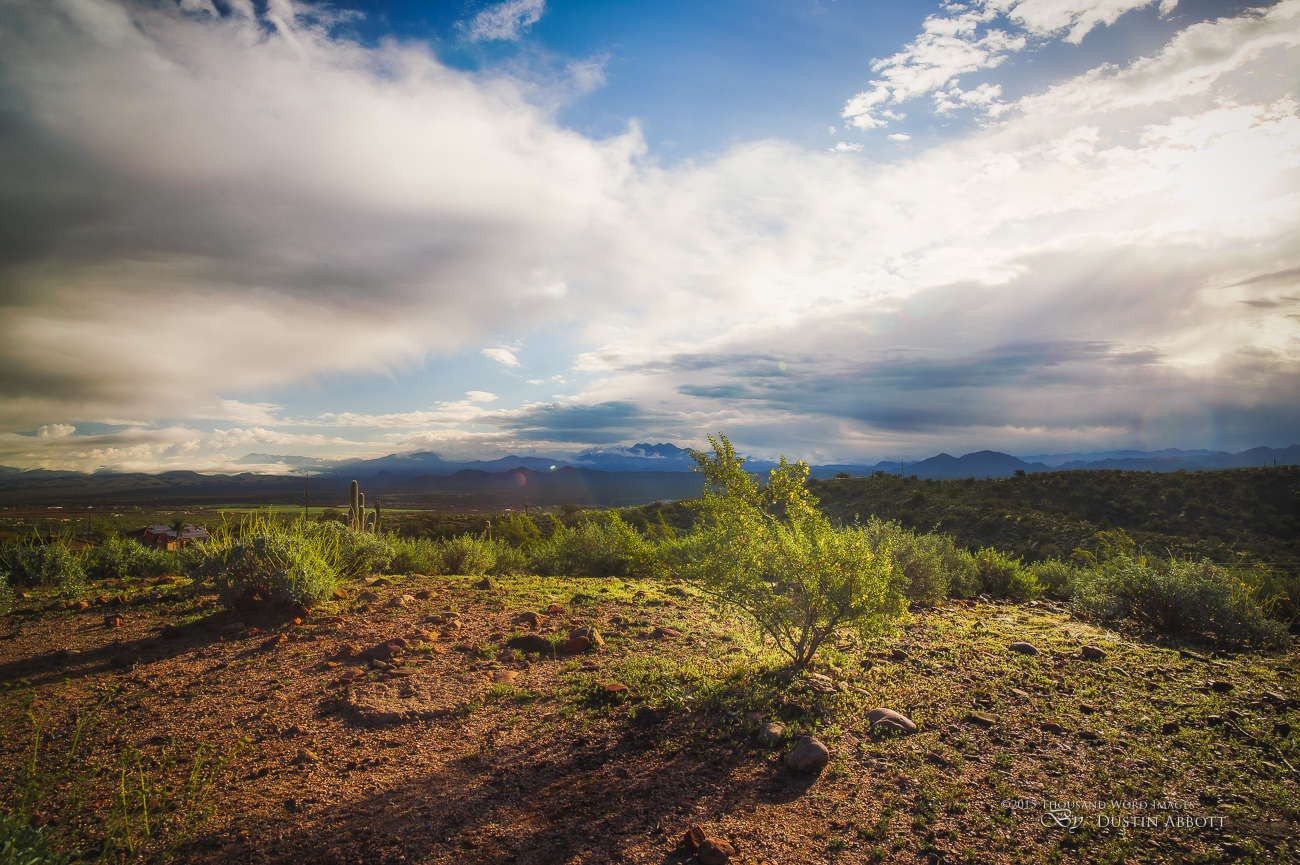
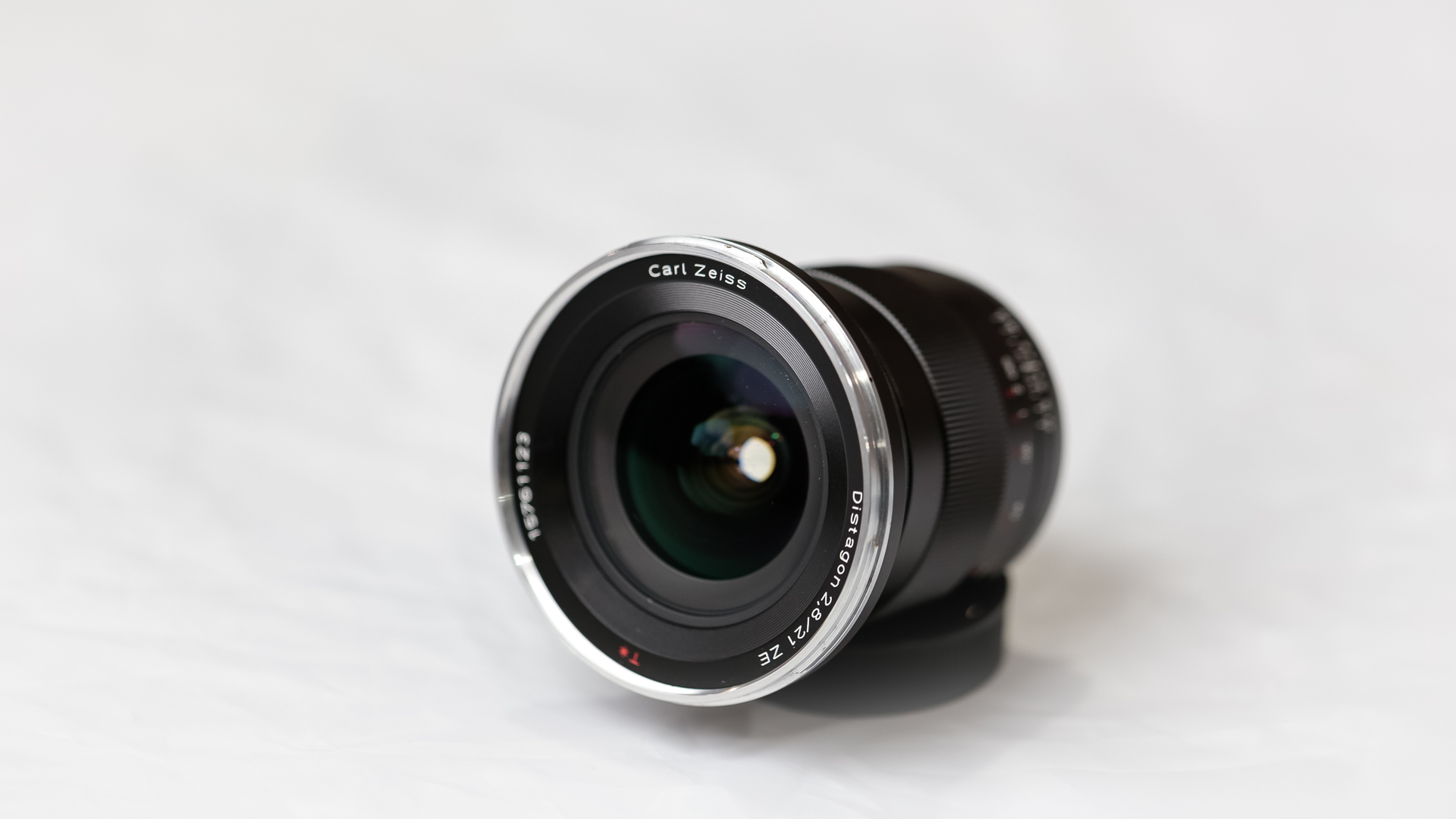

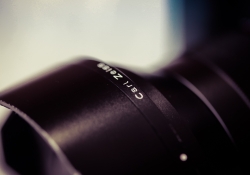
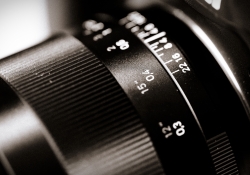
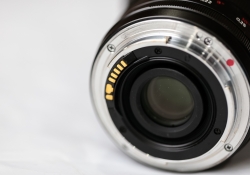
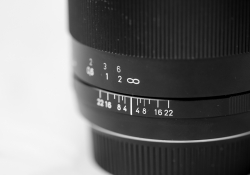

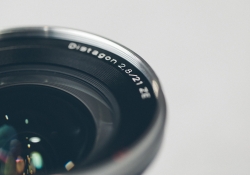
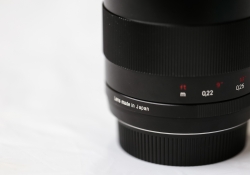
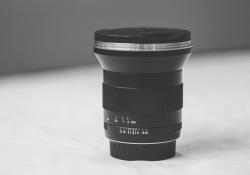
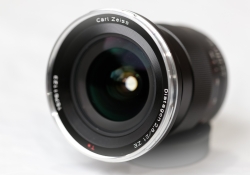
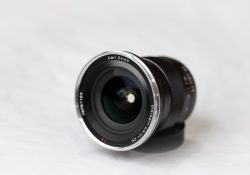
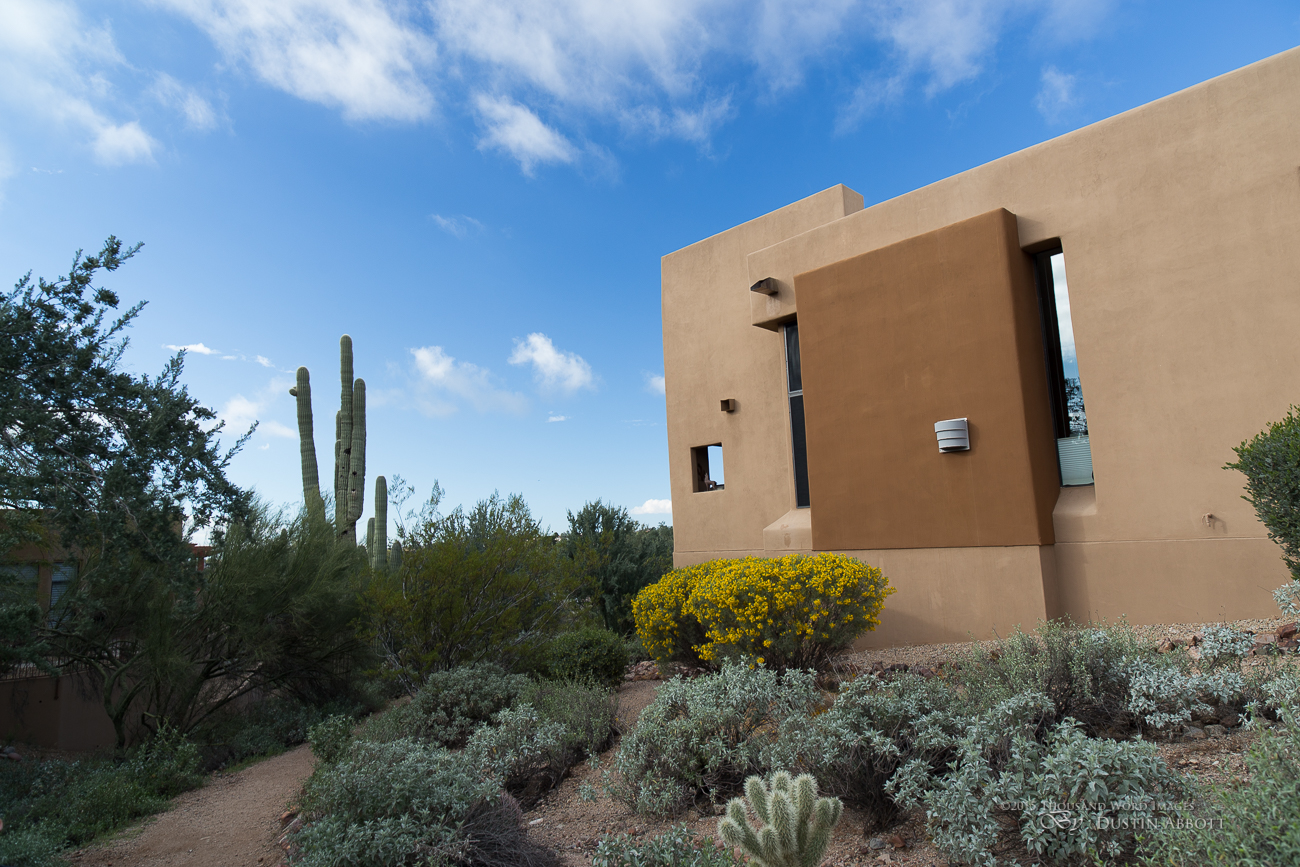
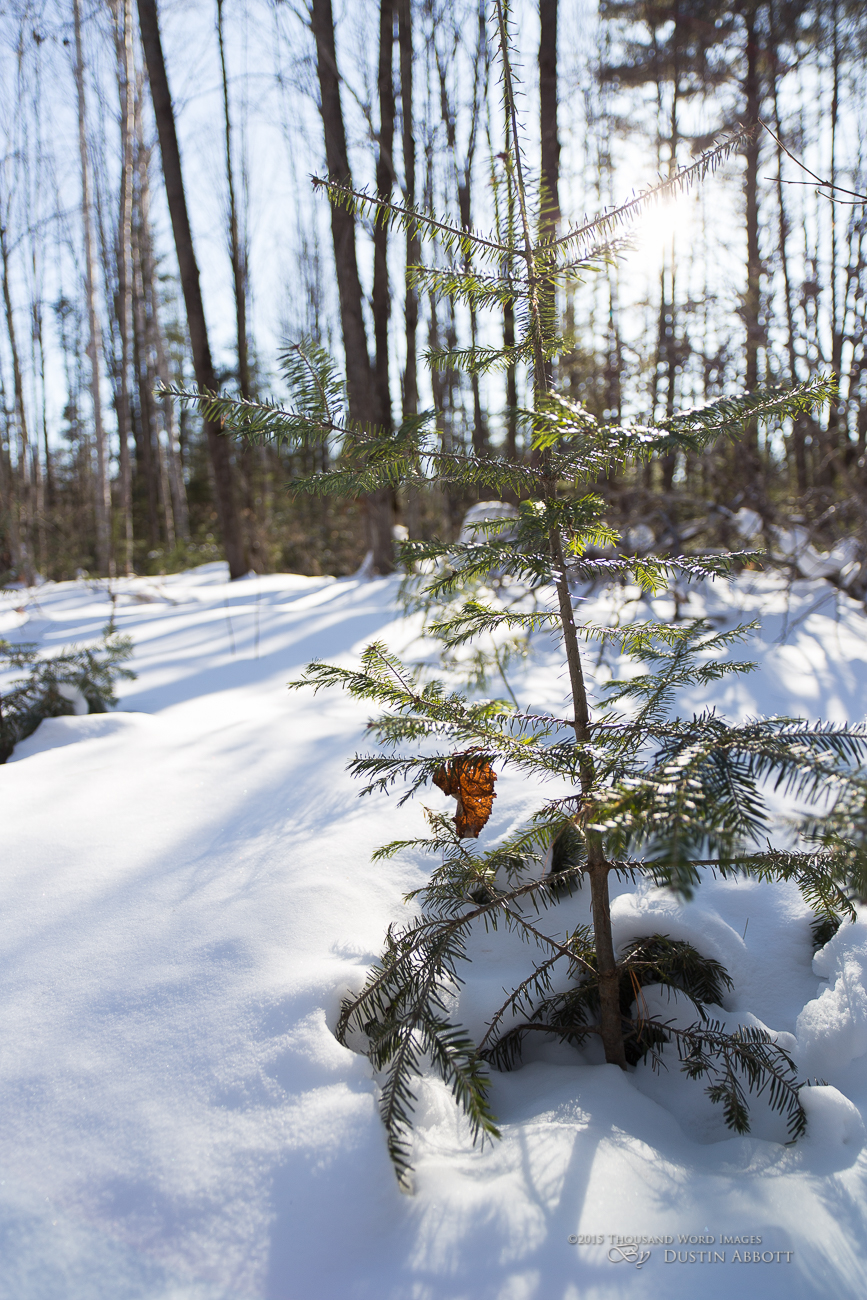





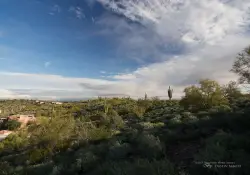


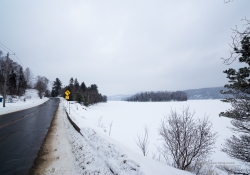

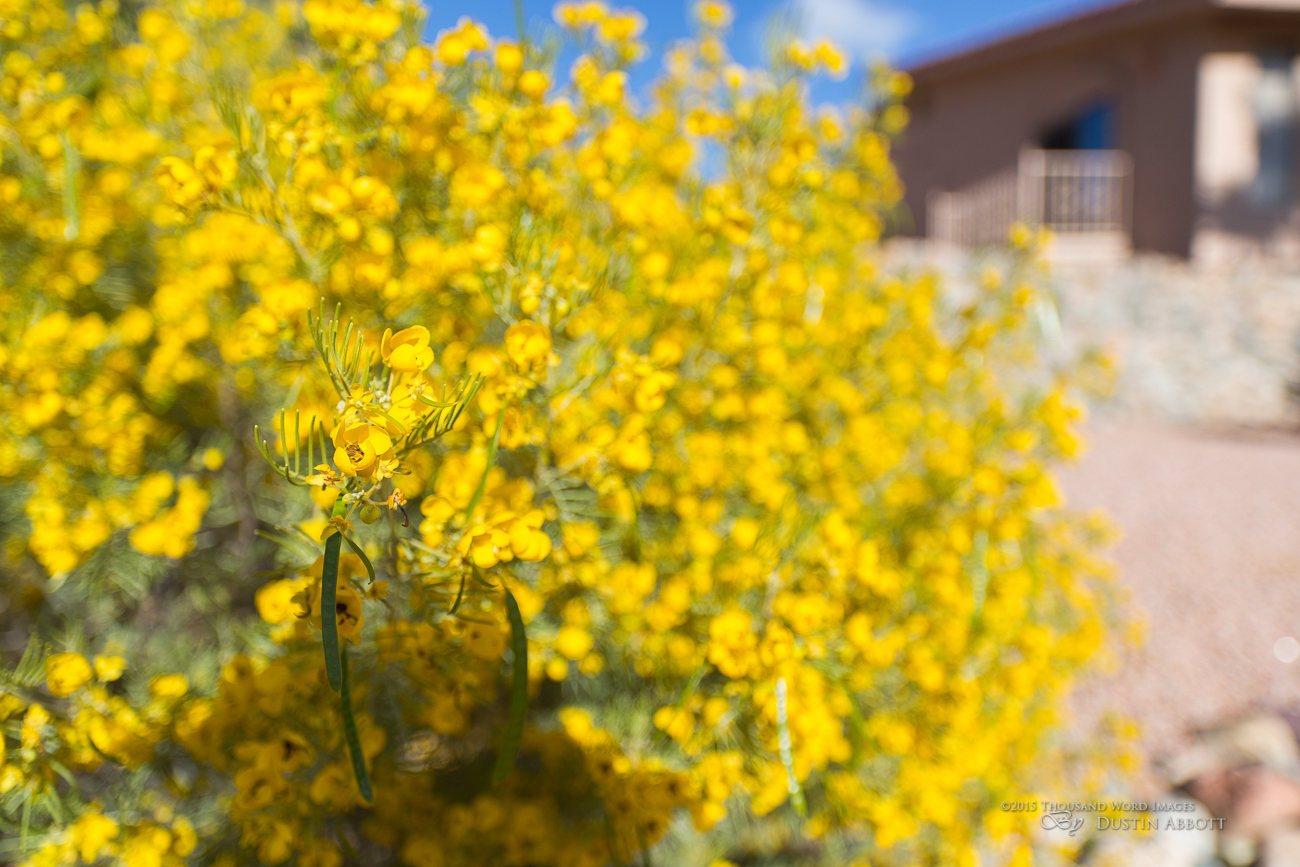
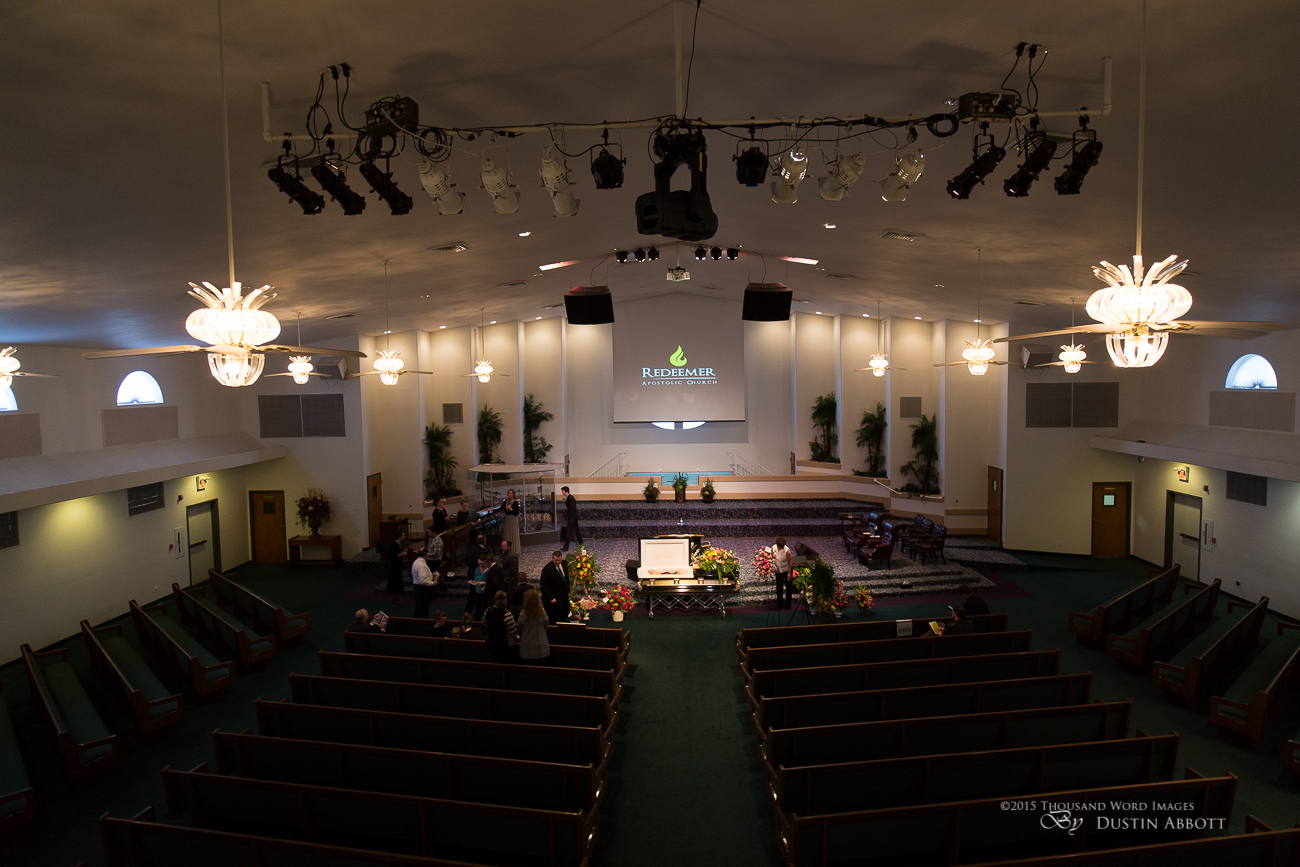
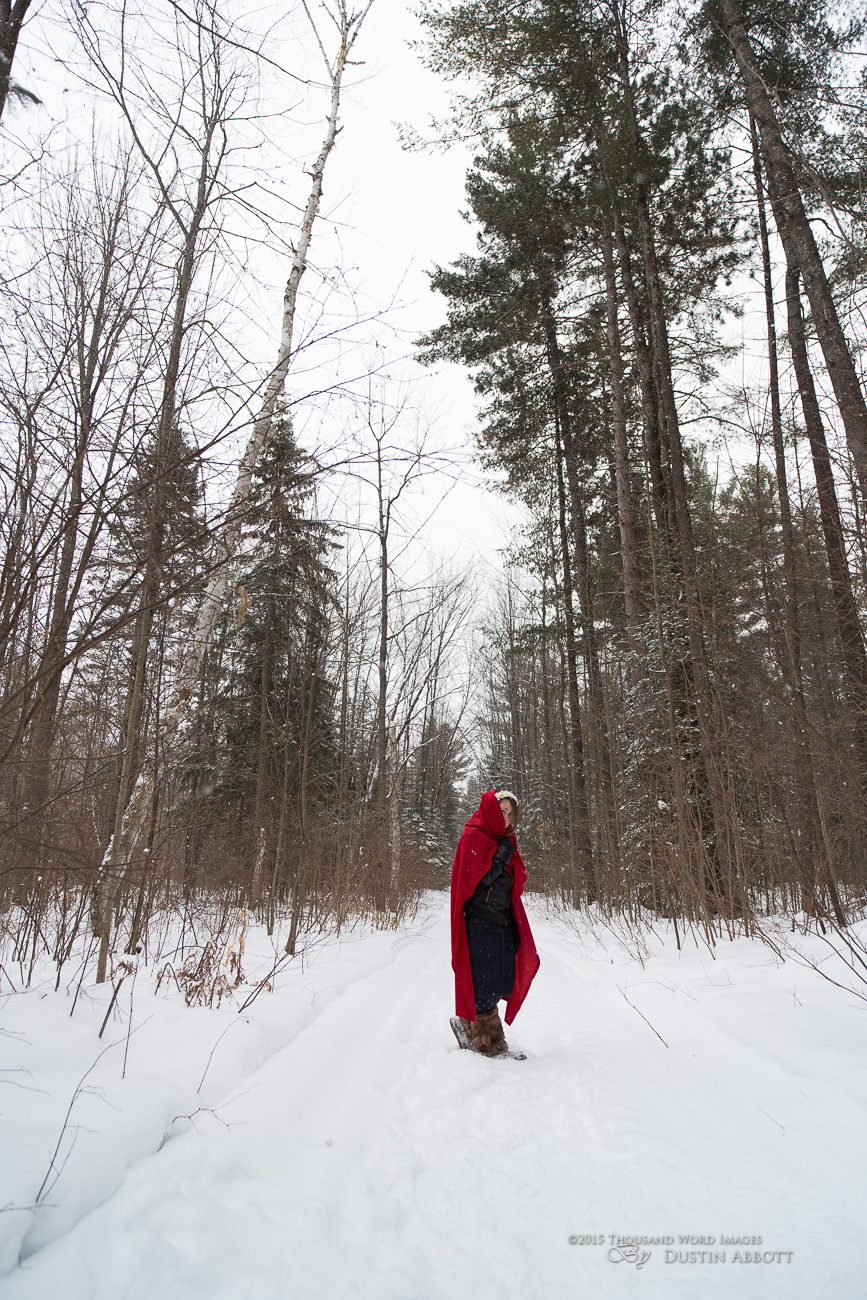




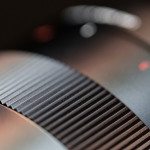
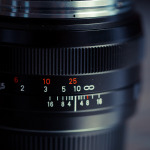





Hello, Dustin, thanks for this great review. I have this lens for a year now and the primar y use for it is landscape tripod shooting. I find in it the best focal lenght for landscape or cityscapes. I bought it before the canon 16-35 F:4 IS was released, I don't know now wich one wolf I choose. But this one, is 100% zeiss! burilo quality! the manual focus! and the micro contrast! in live it. I agree with you on the pros and cons on this lens, but for me if I have the time to set up my frame (tripod, manual focusing via live view, etc) this lens pays back with great results. Pared with the 50/2 makro planar, they both do a great couple. Best regards!!!
JPB
That is a nice pair of lenses. I’m glad you’ve been happy with yours.
Thanks Dustin, sorry for my english, mi automatic corrector in the iPad changes every word. I really enjoy your videos – reviews.
Regards
No problem. It was nice of you to write.
Hi Dustin,
Greetings from a fan in Penang, Malaysia. I own both the Zeiss Distagon 21mm f/2.8 and Planar 50mm f/1.4 lenses. They are a joy to use and as you've mentioned in your reviews, Zeiss lenses seem to have a magical quality in their color rendition that sets them apart from my Canon lenses. The manual focusing doesn't put me off at all; in fact, I've learnt to slow down and compose my pictures more thoughtfully.
Please keep up the good work. I look forward to seeing and reading your reviews.
Regards,
Philip
Thanks, Philip. You will probably enjoy an upcoming article about how every photographer should spend some time with a manual focus only lens and why.
It's quite the lens. I'm using it more and more. I think I like the way it renders sky and clouds. Something I don't get as good as with my Canon lenses. Not sure if you covered the horrible, horrible lens cap issue but it's a shame that it falls off so easily. I haven't got around to buying another lens cap for it yet. Also, a very small complaint I have is with the metallic filter threads that sometimes show up in shots, in the reflection of a window, or in sunglasses. Those are my only two real complaints about it. I thought I'd sell it eventually, but I think it's a keeper for life!
The lens cap does come off as being very cheap by comparison with the rest of the construction. The caps for the Otus series are MUCH nicer.